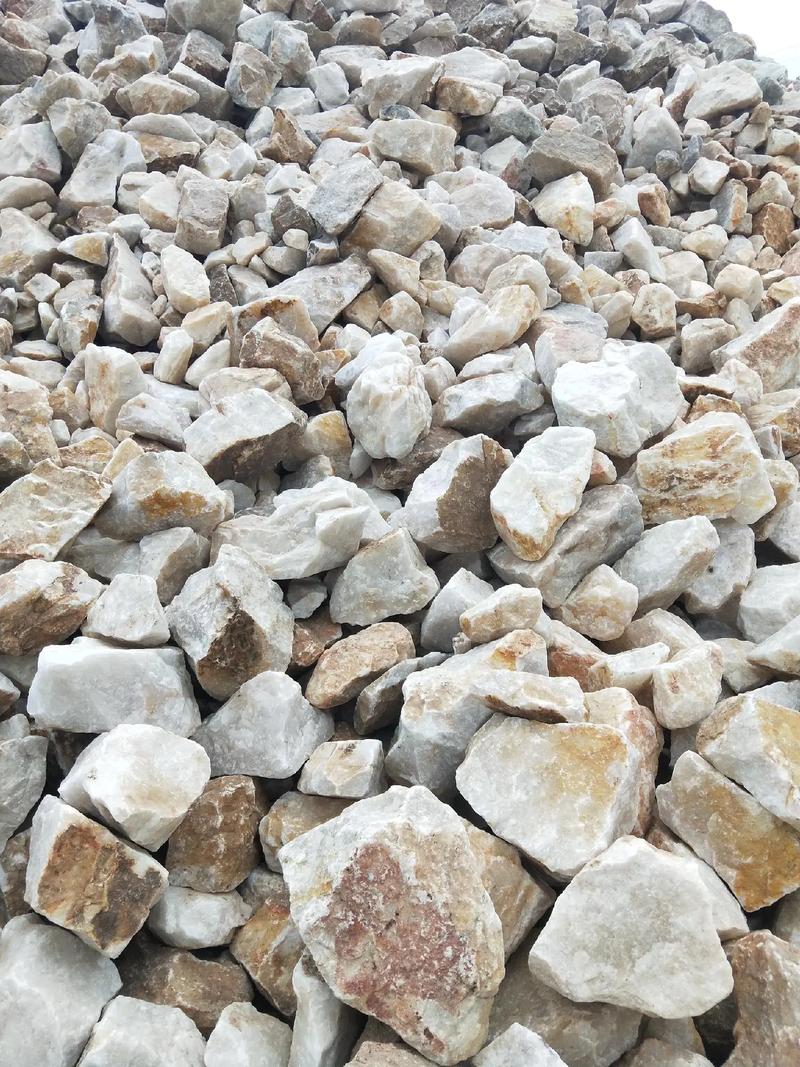
1. Crushing and Screening Stage: After the larger ore is mined, the raw ore is first sorted to remove particles with lower ash content and higher purity. This selected ore is then crushed in a jaw crusher or cone crusher. A circuit consisting of a vibrating screen and crushing equipment ensures the particle size of the crushed product. The crushed product is then processed in a sand making machine, ultimately producing quartz sand of a desired particle size.
2. Grinding Stage: Quartz sand grinding typically uses a single-stage or two-stage grinding process using an overflow ball mill. The second stage of grinding forms a closed circuit with a spiral classifier or hydrocyclone to ensure fineness.
3. Mineral Processing Stage
After obtaining quartz sand of a certain particle size, further purification is required to obtain high-purity industrial quartz sand. Purification processes include water washing, graded desliming, scrubbing, magnetic separation, flotation, and acid leaching with microbial leaching.
Water washing and graded desliming: The quality of quartz sand decreases with smaller quartz particle size, while impurities such as iron and aluminum decrease in quality. This is particularly pronounced for quartz sand ores with high clay content. Therefore, water washing, graded desliming, and quartz sand preparation are essential preparatory steps.
Scrubbing: Quartz sand scrubbing primarily utilizes mechanical force and friction between quartz particles to remove iron films or adherent impurities from the sand surface, while also further breaking up the particles. A hydrocyclone is then used to separate the fine particles from the scrubbing slurry, yielding even purer quartz sand. Magnetic separation: Quartz sand magnetic separation can effectively remove weakly magnetic impurities such as hematite, limonite, and biotite. Quartz sand beneficiation equipment for weak magnetic separation is typically a wet permanent magnetic drum separator, while high-intensity magnetic separation equipment is a wet high-intensity magnetic separator or a high-gradient magnetic separator.
Flotation: Quartz sand flotation is primarily used to remove non-magnetic impurities such as feldspar and mica from quartz sand. Separating quartz from feldspar is a crucial process. HF is often used in industry for activation, and cationic collectors are used for flotation separation at a specific pH.
Acid leaching: Quartz is almost insoluble in hydrochloric acid, sulfuric acid, nitric acid, and hydrofluoric acid, except for HF. This property of quartz sand is utilized in industry for separation and purification.
Microbial leaching: This emerging quartz sand beneficiation process utilizes microorganisms such as Aspergillus niger, Penicillium, Pseudomonas aeruginosa, and Bacillus polymyxinii to remove film-forming iron or impregnated iron from the surface of quartz sand.
If you have more questions about quartz sand, you can contact Shengbang Machinery WhatsApp +8613949025317 for details!
Fill in the information and we will contact you as soon as possible